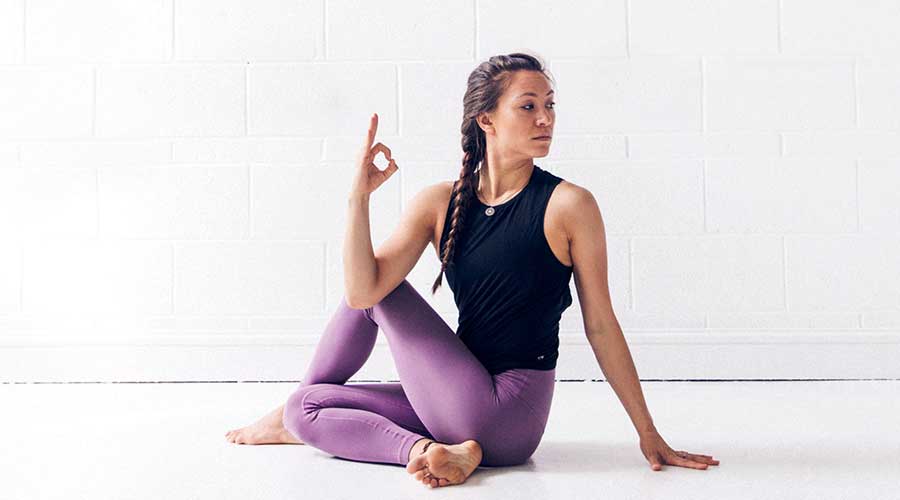5 Tips to Get the Most Out of Stretching and Mobility Work
- 20 Apr - 26 Apr, 2024
Unless you geek out about warm-ups, your pre-workout routine might include a hodgepodge of stretches that take less than a minute to complete. You might touch your toes for about 15 seconds, do a few high knees, then hold a quad stretch for a breath or two before hopping on the treadmill or picking up the barbell.
But not all stretches are created equal, and you might want to think about your routine with more intention. The reason: Each stretch can be broken down into one of two categories, dynamic stretches or static stretches, and the one you choose to do ahead of a workout and on recovery days could affect your performance and muscle health.

The main difference between static vs dynamic stretching comes down to the amount of movement involved – or lack thereof. In a nutshell, a static stretch entails holding a specific position that creates tension in the muscle and a "stretching" sensation, while a dynamic stretch involves moving a limb through its full range of motion.
In turn, both dynamic and static stretches have different effects on the body. The static stretching version would be you holding it for a long period of time, which is allowing the muscle in that lengthened position to fully release. This style of stretching helps to alleviate any tightness, which may ultimately lead to muscle aches and pain if left untreated.
On the flip side, a dynamic stretch would involve a period of time where you're releasing and then engaging again. The main focus around it is to create blood flow, get some oxygen moving through the body, and increase mobility. And mobility, or a joint's ability to move through its entire range of motion without pain or compensation, is essential: A lack of mobility can cause movement compensations which can lead to muscle imbalances and an increased risk of injury.
The amount of time you perform each stretch also varies. During a static stretch, you might hold your position for one to three minutes. Sitting in that position for a longer period of time really allows the body to let go. When you're trying to release a muscle, a knot, whatever it is, that time is much more important. With a dynamic stretch, however, you'd move through a movement for 30 to 45 seconds, which simply helps wake up your body.
A. Start in a table-top position on the floor with hands stacked directly under shoulders, knees bent and stacked directly under hips, and feet hip-width apart.
B. Lift both knees off the floor and straighten legs to come into a high plank position on palms, squeezing glutes together and engaging core. Actively push away from the floor and maintain a straight line from head to heels.
C. Step right foot forward and place on the floor next to right pinky finger into a lunge. Relax and sink hips and back to sink toward floor.
D. Press into left hand and reach right arm up to the ceiling, gazing toward fingertips, to open chest. Hold for one breath.
E. Lower right arm back down to floor, then step right foot back to come into a high plank position. Repeat movement on the opposite side.
Continue for 45 seconds, alternating sides.
A. Stand with feet shoulder-width apart and arms extended out to sides at shoulder height.
B. Keeping legs straight, hinge at hips and reach left hand to right foot. Reverse the movement to return to standing, then hinge at hips and reach right hand to right foot. Continue for 45 seconds, alternating sides.
A. Sit up comfortably on heels.
B. Roll torso forward, keeping hips on heels, and bring forehead to rest on the floor.
C. Lower chest as close to knees as comfortable, extending arms in front, palms facing down. Inhale and exhale, slowly and deeply.
Hold for one minute.
A. Sit upright on the floor with legs extended and hands resting on thighs.
B. Bend left knee, then cross left foot over the outside of right thigh.
C. Bend right knee and position right ankle next to left glute, keeping left knee pointed toward the ceiling and hips square.
D. Extend left arm behind body and place fingertips on the floor behind hips, gently twisting body to left right.
E. Press right elbow against elbow knee, inhale, then exhale while twisting further to the right.
Hold for one minute. Switch sides; repeat.
COMMENTS